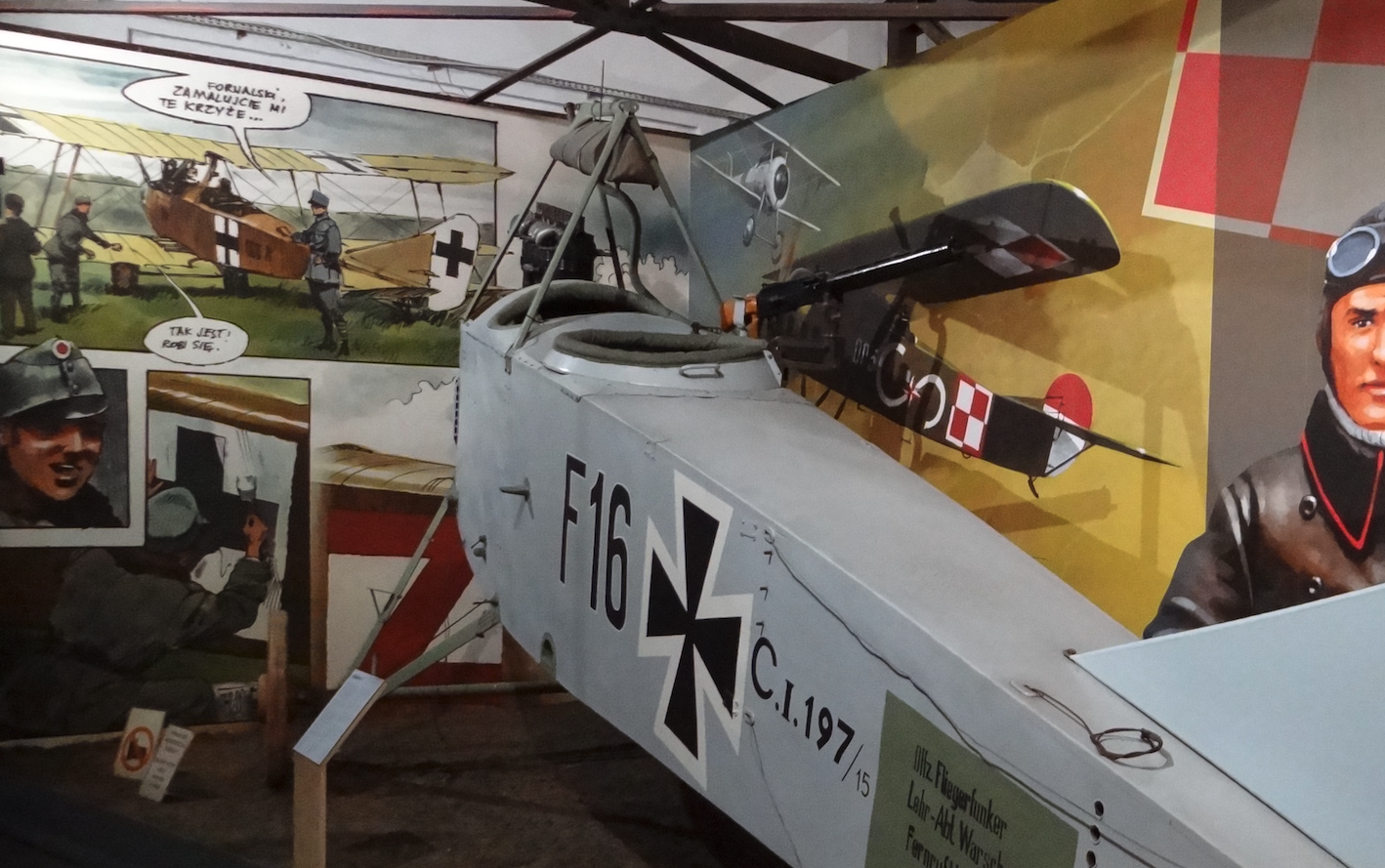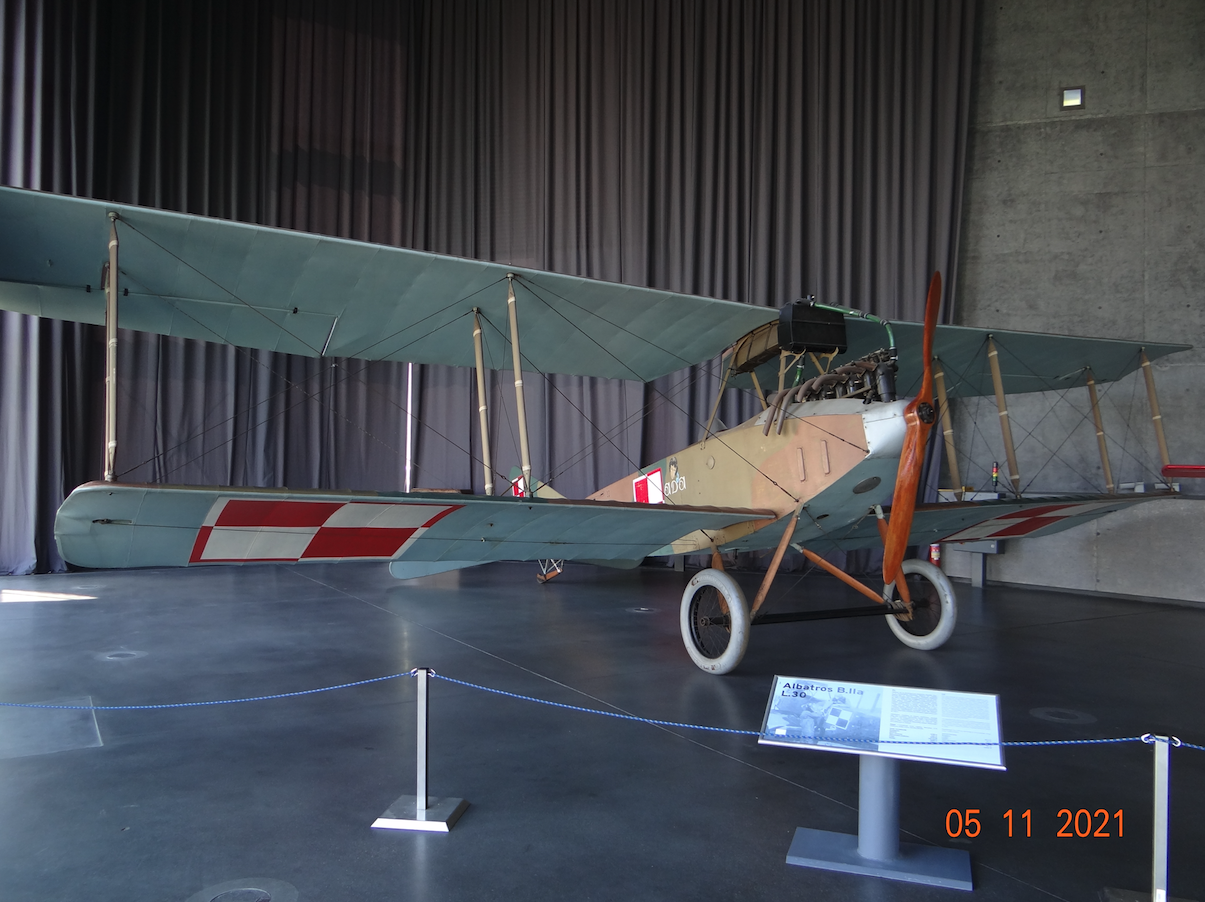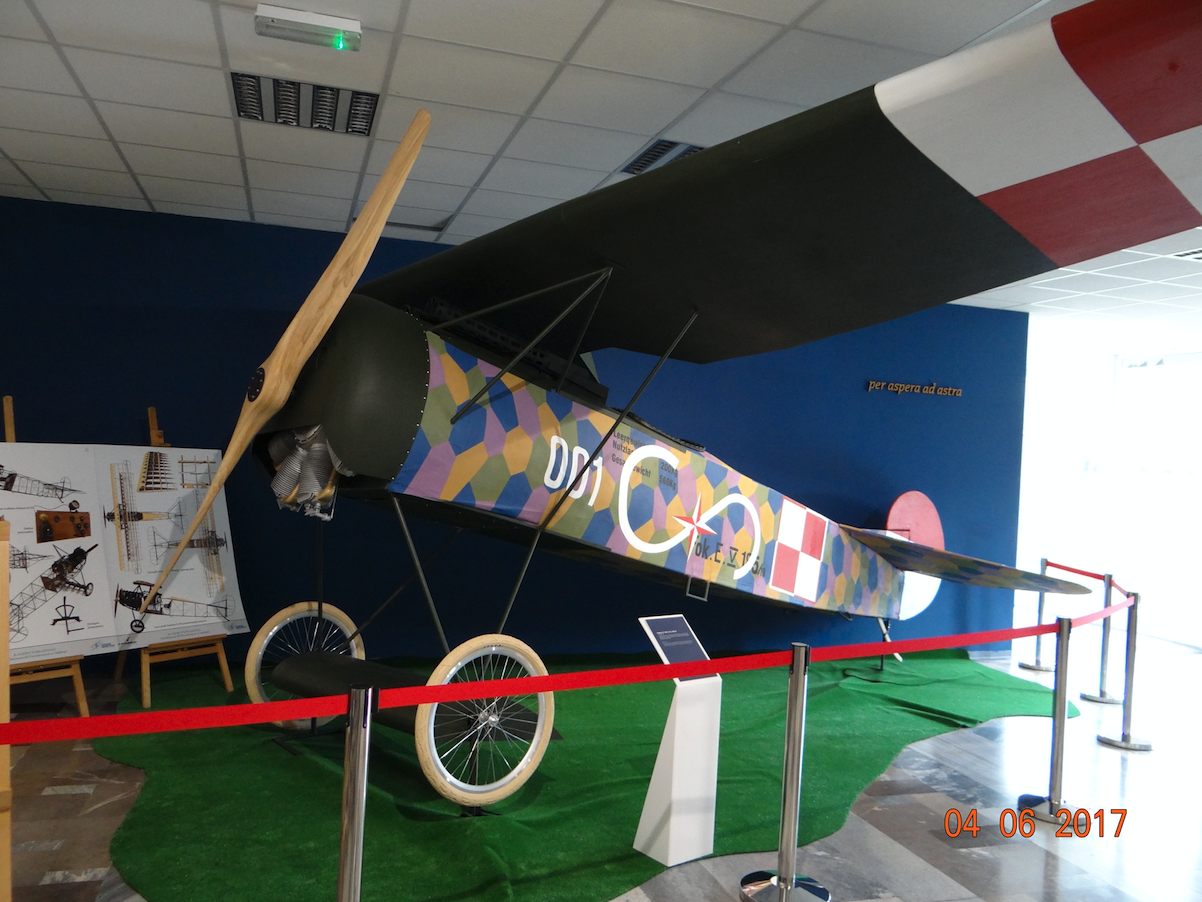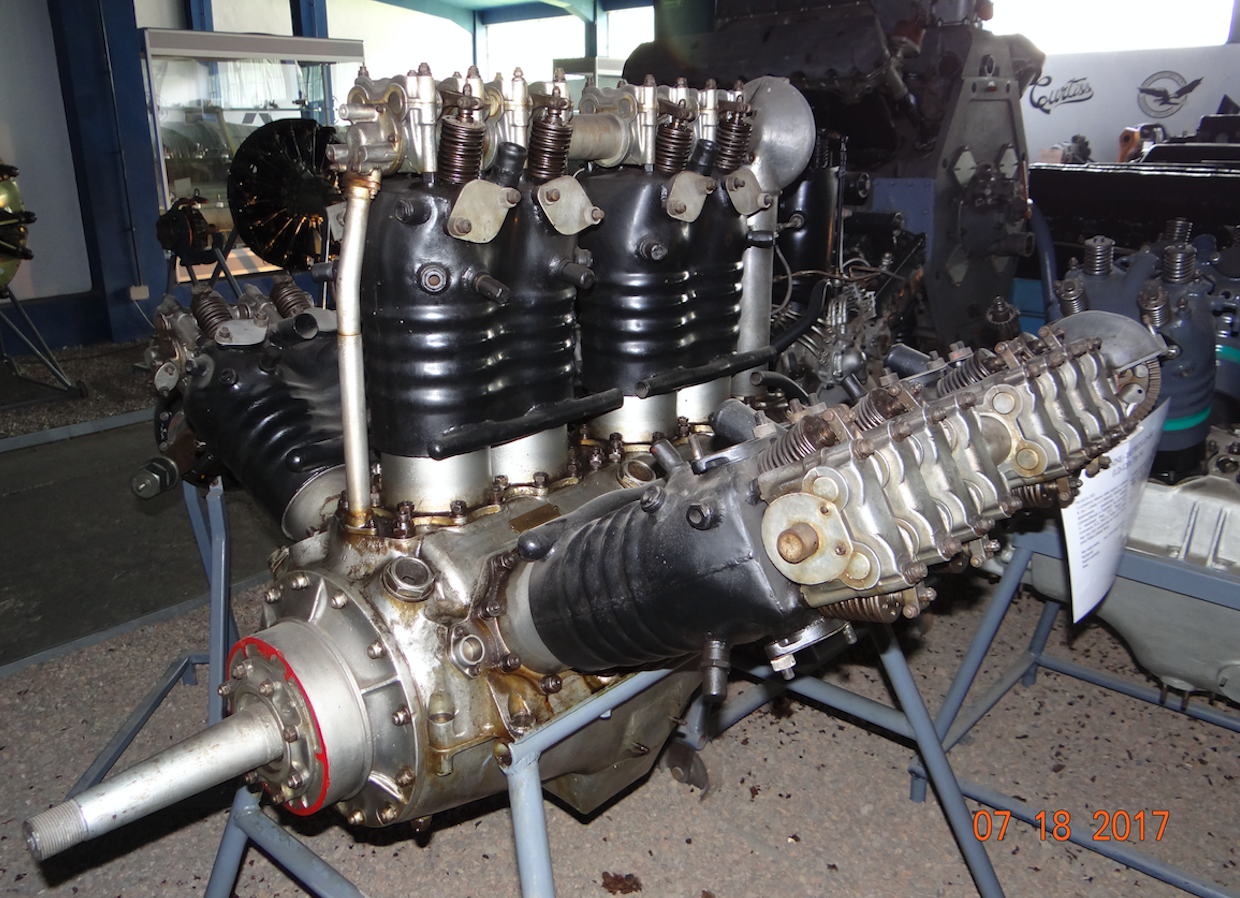Kraków 2015-01-19
Polish Aviation Industry.
Part 2.
Regain independence.
On November 5, 1918, the first Polish military aircraft made a combat flight. The flight crew consisted of lieutenants; S. Bystry and J. De Beaurain. The day of November 5 became a celebration of aviation in Poland in the interwar period.On November 20, 1918, a Polish aircraft in Polish colors was shown over Warsaw for the first time.
Central Aviation Workshops – CWL.
Shortly after the Republic of Poland regained independence and the Germans were expelled from Warsaw, in November 1918, the Military Aviation Workshops were established. They were placed in the buildings of the former School of Observers at 2A Puławska Street. Ultimately, the workshops had: two assembly halls, 22 hangars, 6 workshop buildings, a power plant, an ammunition warehouse, a fuel warehouse, garages and a railway siding. They were located in the south-eastern part of the Mokotów Airport at Puławska Street.
The task of the Workshop was to repair the planes left by the invaders. Although they were repair plants, they played an important role in the creation of the Polish Aviation Industry.
On December 20, 1918, the workshops received the name of the Central Aviation Workshops (CWL). They were headed by lieutenant engineer Michał Tłuchowski. A significant part of the staff were Poles, who acquired their skills from the partitioning powers during the Great World War. The number of employees grew very quickly. In January 1919, the workshops employed 250 workers. In December 1920, there were as many as 1,008 of them. In the following years, the number of employees oscillated around 500 people.
The Central Aviation Workshops consisted of two basic departments; overhaul of airframes and overhaul of engines. In 1919, 217 aircraft and 169 engines were overhauled, and in 1920, another 327 airframes and 253 engines were overhauled. By the way, the production of propellers was launched, because they were not suitable for repair after damage. In 1919, 172 propellers were produced, and in 1920, another 374. In addition to the renovation, the workshops took care of the assembly of aircraft purchased in the UK and France.
From 1921, CWL undertook the repair of aircraft that came to Poland after the great world war. From 1923, CWL fully satisfied the needs of Poland and you could afford to sell the renovated aircraft abroad. 10 refurbished De Havilland DH-9 aircraft were sold to Latvia. Along with newer designs, CWL mastered new technologies. Repairs of the Breguet XIX (Br.19) aircraft familiarized the plant with duralumin riveting, as the skeletons of these aircraft were made of duralumin.The Breguet XIX attack-bomber made its first flight in March 1922. In total, about 2,700 were built. The crew was two. The aircraft were equipped with various engines; for example, the Lorraine-Dietrich LD 12 engine, 450 HP, 12-cylinder V-shaped or the Lorraine-Dietrich LD 450 engine, 450 HP, 12-cylinder W-shaped.
Almost from the very beginning, CWL conducted construction activities. In 1919, Eng. Karol Słowik built a plane that was a copy of the German Hannover-Roland CL-II plane. It has a more powerful engine than the CL-II. The plane made its first flight on August 9, 1919. Unfortunately, on August 23, 1919, the plane crashed during one of the shows. The reason was too weak links stiffening the structure.
In 1920, the construction of the prototype of the WZ-VIII "De-Że-Pe" liner aircraft, designed by engineer Władysław Zalewski, was started, the construction was not completed.
From 1922, the workshops were used by students of the Aviation Section of the Warsaw University of Technology, building the SL-1 "Akar" glider. In 1924, the SL-2 "Czarny Kot" and SL-3 gliders were created. Later, the cooperation was interrupted due to disagreements between the aviation authorities, CWL management and students.
Central Aviation Works – CZL.
In 1925, CWL (Centralne Szkolenia Lotnicze) was renamed Centralne Zakłady Lotnicze (CZL). In August 1926, the prototype of the WZ-X liner aircraft, designed by Eng. Władysław Zalewski. This aircraft was made in the period 1926 – 1927, in the amount of 4 copies. Launching serial production was considered, but due to the purchase of a large number of Potez XXV and Breguet XIX aircraft, production was not undertaken. The Potez XXV made its first flight in 1924. The aircraft were operated in France and Poland. About 2,500 were built in France.
Engineer Władysław Zalewski developed a project for the WZ-IX "Pteranodon" heavy bomber, but the prototype was never built. In CZL, in the period 1925 – 1927, modifications of Potez XV, Breguet XIV and Farman F-68 "Goliath" aircraft were made to aircraft intended for dusting forests that were attacked by pests.
In the period 1925 – 1927, two aircraft were built: D-1 Cykacz and Skraba ST-3, which were amateur constructions.
In 1926, CZL began serial production of Hanriot H-28 training aircraft.
Also in 1926, CZL started the production of Blériot SPAD S-61C1 fighter aircraft, which was taken over from the liquidated Francopol factory (licensing rights, tooling and two fuselages). 10 aircraft were built. The production was stopped very quickly because the plane was dangerous and many pilots died on it. The Blériot SPAD S-61C1 aircraft made its first flight on November 6, 1923. About 350 were built, including 30 in Poland. The aircraft were operated in France, Poland and Romania.
From 1926, repairs of aircraft and engines of all types used by the Polish Military Aviation were carried out in CZL. When in 1926, Polskie Zakłady Skoda was launched, the production and repair of Lorraine-Dietrich engines from CZL was transferred to the Skoda Plant.
In 1927, Centralne Zakłady Lotnicze was transformed into the State Aviation Works – PZL.
CWL and CZL designs. 2014 year. The work of Karol Placha Hetman.
- Hannover CL-II (CWL series 18, CWL "Nightingale"), 1919, reconnaissance, attack aircraft.
- WZ-VIII "De-Że-Pe", 192or.. airliner.
- Wołowski-plane, 1922, design of an experimental aircraft.
- SL-l Akar ("A.K."), 1923, glider.
- CWL-Dumasse, circa 1924, military plane.
- SL-2 "Black Cat" (JD-l), 1924, glider.
- SL-3, 1924, glider.
- Hanriot HD-14 (H-28), 1924, training aircraft.
- D-l Cikacz. 1925, amateur sports plane.
- CWL WZ-IX Pteranodon, 1925, design of a bomber plane.
- CWL WZ-X, 1926, airliner.
- Sołtycki-plane, around 1926, experimental aircraft.
- Sipowicz l, 1926, experimental aircraft.
- D-2, 1926. design of a sports plane.
- Blériot SPAD S-6 ICI, 1926, fighter aircraft.
- ST-3 scraper. 1927, amateur sports plane.
Written by Karol Placha Hetman





